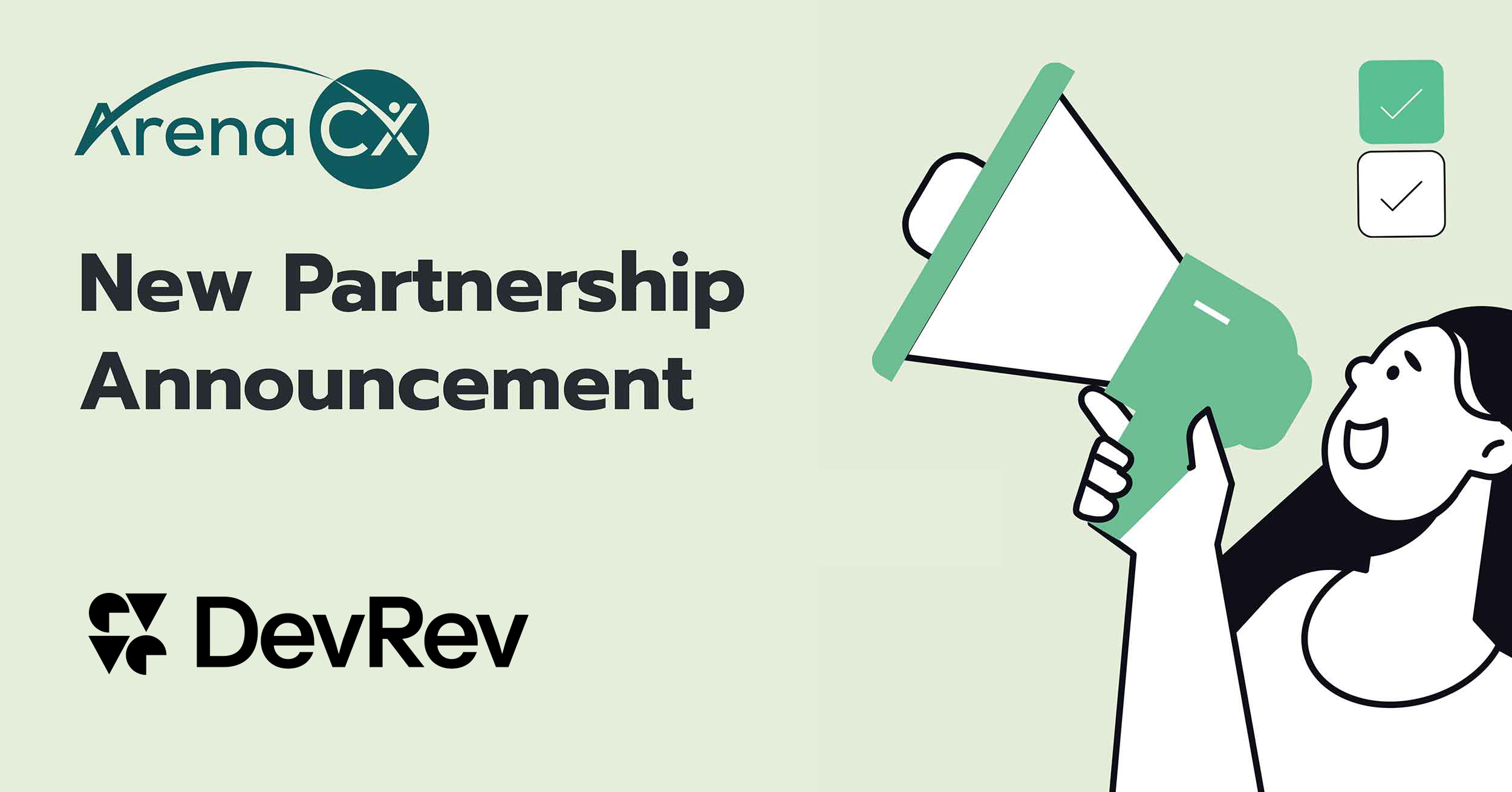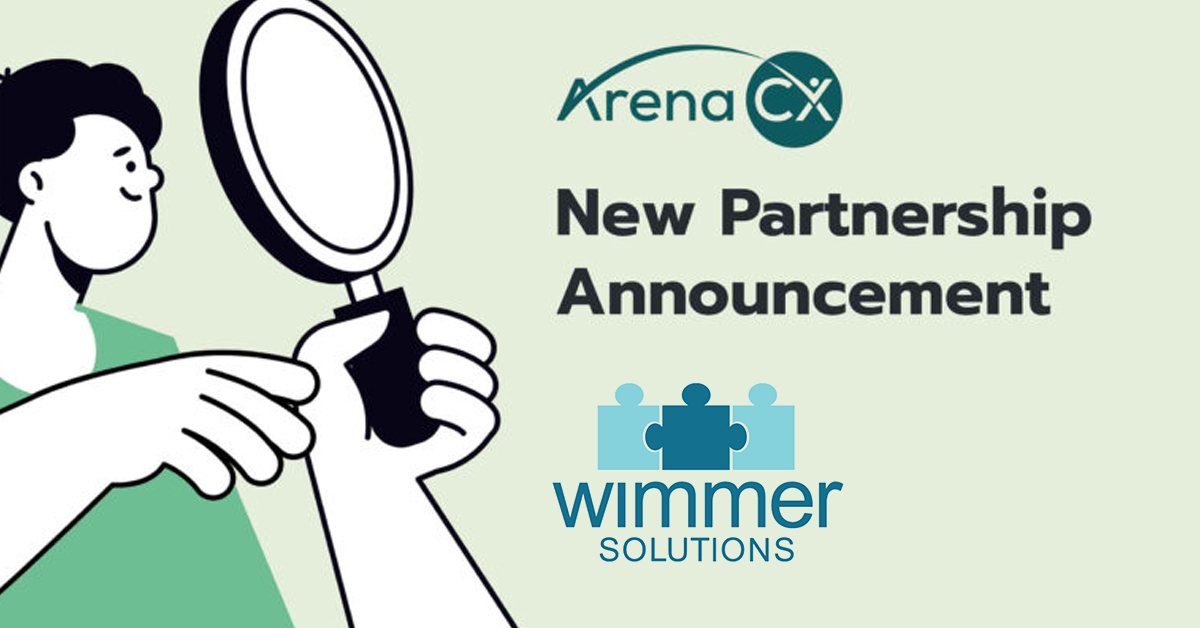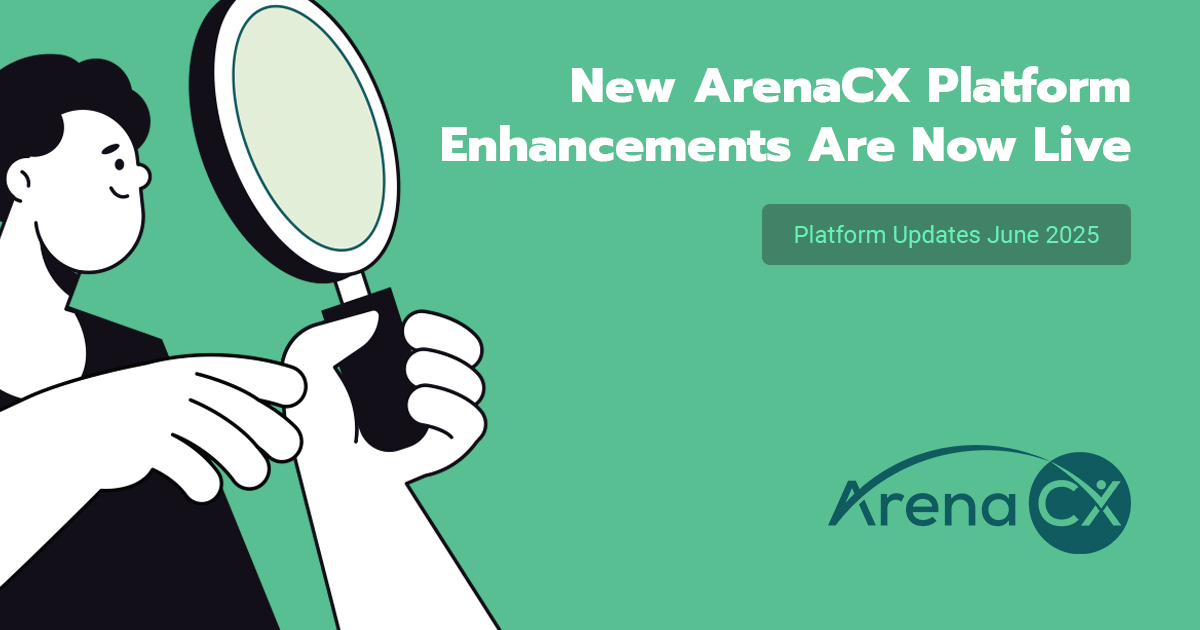Your customer service teams’ success and their customer-centricity are directly linked to how satisfied your customers are. Whether you are navigating the technology industry, overseeing business process outsourcing (BPO) ventures, providing contact center as a service (CCaaS), or managing enterprise operations, understanding and adequately assessing customer satisfaction are critical parts of a thriving organization.
In this article, we will learn how customer satisfaction can be measured, why it’s important to measure it, and how you can improve it to become an organization that personifies customer service excellence.
Understanding Customer Satisfaction and Experience
Customer satisfaction measures how effectively you are meeting or surpassing your customer expectations. For CCaaS providers, it is a crucial performance indicator for customer service and product quality.
The customer satisfaction rate of an organization is best understood via the lens of customer experience (CX). It is a customer’s perceptions, interactions, and thoughts about a company.
According to Gartner, more than 5,000 organizations worldwide now have a dedicated CX leader, nearly half of whom report to the CEO.
Why is Customer Satisfaction Measured?
Measuring customer satisfaction is crucial for several reasons.
1- When customers are highly satisfied, they tend to develop a strong loyalty to a brand, forming a deep emotional connection. This loyalty makes them less sensitive to prices and more likely to repeat purchases.
2- Satisfied customers often become brand advocates, spreading positive word-of-mouth to friends and family, which can result in more customers coming to your organization. This is advertising you’ve spent no money on.
3- Improving customer happiness results in tangible benefits, such as lower customer service costs and increased income. Customer centricity demonstrates its worth by increasing business competitiveness and retaining customers, preventing them from switching to competitors.
McKinsey emphasizes the critical importance of systematically measuring the customer’s voice and integrating it into a culture of continuous feedback.
Key Customer Satisfaction Metrics to Keep In Mind
Here are some key customer satisfaction metrics to keep in mind, along with their importance and methods of measurement. Let’s understand which key customer satisfaction metrics CCaaS providers and enterprise businesses can focus on:
Overall Satisfaction Measure
This metric captures a customer’s overall satisfaction rate and offers a bird’s-eye view. A higher satisfaction score means more customers are happy with you, while a lower score indicates room for improvement.
Typically, this score is calculated by collecting responses to the question, “Overall, how satisfied are you with us?
Respondents rate their experience on a scale of 1 to 10, with 10 being highly satisfied and 1 not satisfied.
Customer Loyalty Measurement (NPS)
This metric evaluates both the current emotional attachment of the user to the organization and behavior in the future. A higher NPS indicates strong brand advocacy and potential repeat business, while a lower score leads organizations to look into how they can improve.
It is typically measured by asking customers, “Would you recommend us to your family and friends?” The answer — your Net Promoter Score — is a simple but proven measure of customer loyalty.
The Net Promoter Score (NPS) divides respondents into three groups depending on their likelihood to recommend: Promoters (9-10), Passives (7-8), and Detractors (0-6). The NPS is derived by subtracting the percentage of Promoters from the percentage of Detractors.
Customer Satisfaction Score (CSAT)
Customer Satisfaction Score (CSAT) assesses a customer’s total satisfaction with a single interaction, purchase, or experience. Typically, customers are asked to rate their level of satisfaction on a numerical scale. The average score indicates immediate satisfaction among customers while helping identify improvement areas.
CSAT is especially helpful in measuring how well your products or services match what customers want, allowing quick adjustments to improve the customer experience in real-time.
Customer Effort Score
The Customer Effort Score (CES) measures how easily consumers can complete tasks or address issues with your product or service. Customers are asked to give a score to rate how easy their experience was.
Businesses can identify and address pain points in the customer journey by monitoring CES, resulting in a more positive customer experience.
Retention Rate
The retention rate is an important indicator that evaluates the percentage of customers who continue using your product or service over time. High retention rates show customer loyalty and happiness, as retaining existing customers is frequently less expensive than recruiting new ones.
Monitoring your retention rate can tell you how likely your acquired customers are to repurchase your product and can help you predict the lifetime value of each customer as well.
Customer Support Metrics
Customer satisfaction is significantly impacted by metrics such as response time, resolution time, and overall satisfaction with customer service interactions.
Efficient and effective customer support is essential because it can help resolve customer issues quickly and maintain a positive customer experience.
Strategies to Improve Customer Satisfaction
Build Responsive Customer Satisfaction Surveys
You can monitor progress and take focused measures by developing a responsive, adaptable approach to customer satisfaction surveys. Continuous, well-targeted surveys provide real-time information about consumer sentiment, allowing businesses to solve problems as they arise quickly.
Listening to Customers Everywhere
Customer satisfaction metrics are essential but only tell part of the story. Natural language understanding (NLU) and conversational analytics can help businesses understand the root causes behind their scores.
Real-time insights into customer experience provide accurate data beyond traditional analytics, helping businesses anticipate problems and offer more satisfactory solutions to customer problems.
Pro-Active Issue Resolution
The best kind of customer service is the one that customers don’t have to search for. Forward-thinking companies and agent-training programs focus on proactive issue resolution and arming their agents with the skill to anticipate customer needs.
This can help quickly resolve customer issues and demonstrate a dedication to customer satisfaction.
Continuous Training and Development
Develop a culture of continuous improvement within the organization. Employees need regular training to improve their customer service and product knowledge. Encourage cross-functional collaboration to solve consumer pain areas and continuously improve processes for greater customer satisfaction.
Conclusion
You have to understand that customer satisfaction is not just an organizational goal but a necessity. Businesses can proactively handle concerns by using responsive surveys, leveraging conversational analytics, and adopting AI for personalized interactions. A customer-centric culture is built on continuous training and development. By putting customer satisfaction first, organizations can satisfy and delight customers, encouraging brand loyalty, advocacy, and long-term success.
Related Articles
Want more? Here are some other blog posts, topics and articles you might be interested in.













